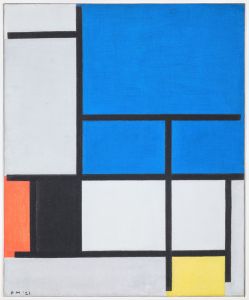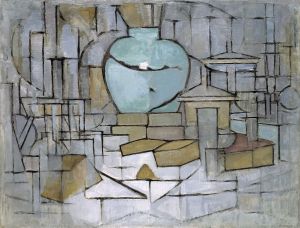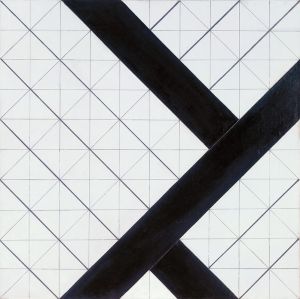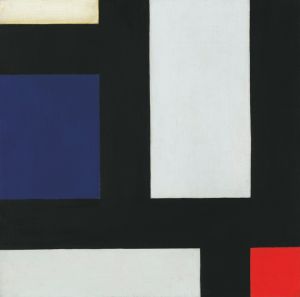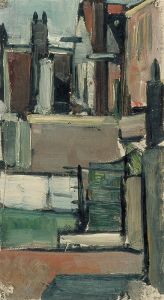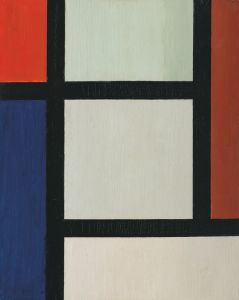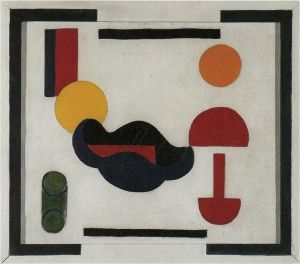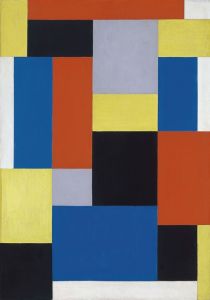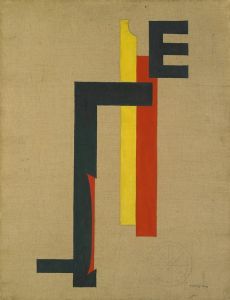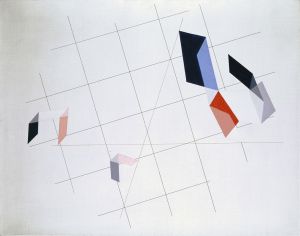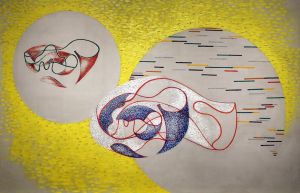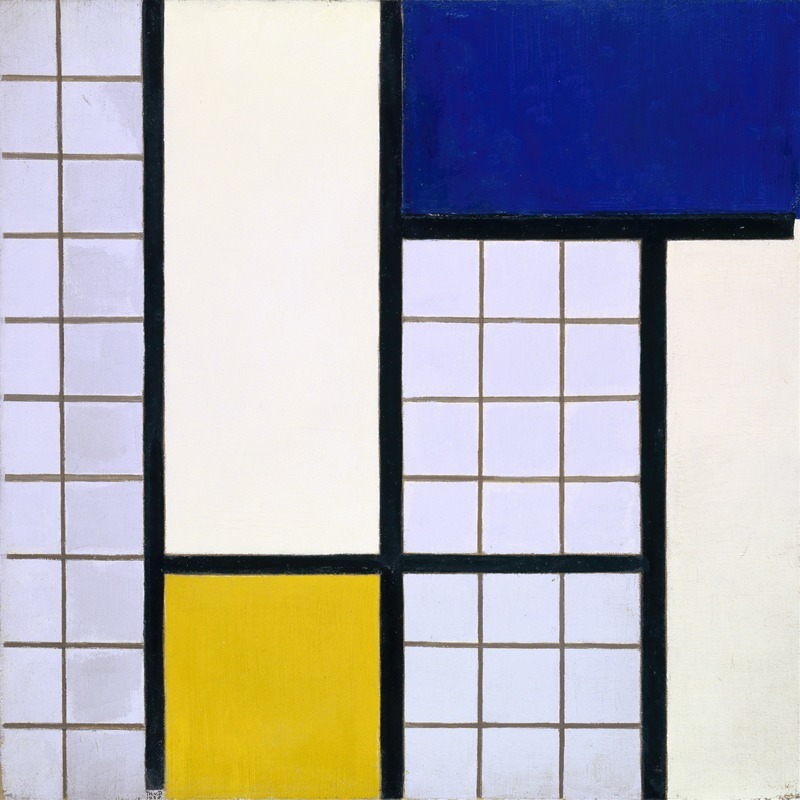
Composition in Half-Tones
A hand-painted replica of Theo van Doesburg’s masterpiece Composition in Half-Tones, meticulously crafted by professional artists to capture the true essence of the original. Each piece is created with museum-quality canvas and rare mineral pigments, carefully painted by experienced artists with delicate brushstrokes and rich, layered colors to perfectly recreate the texture of the original artwork. Unlike machine-printed reproductions, this hand-painted version brings the painting to life, infused with the artist’s emotions and skill in every stroke. Whether for personal collection or home decoration, it instantly elevates the artistic atmosphere of any space.
Theo van Doesburg's "Composition in Half-Tones" is an artwork that exemplifies the principles of the De Stijl movement, which was co-founded by van Doesburg himself along with Piet Mondrian and others in the early 20th century. De Stijl, meaning "The Style" in Dutch, was characterized by an emphasis on abstraction and simplicity, focusing on basic visual elements such as geometric forms and primary colors.
Theo van Doesburg, born Christian Emil Marie Küpper in 1883 in Utrecht, Netherlands, was a pivotal figure in the development of modern art. He was not only a painter but also a poet, writer, and architect. His work in the De Stijl movement was influential in spreading the ideas of abstraction and the reduction of form and color to their essentials. Van Doesburg's approach often involved a dynamic interplay of form and color, seeking to express a sense of harmony and order.
"Composition in Half-Tones" is a reflection of van Doesburg's exploration of these ideas. While specific details about the creation date and the exact dimensions of the painting are not widely documented, it is known that van Doesburg's works from this period typically employed a grid-like structure and a limited color palette. The term "half-tones" suggests a focus on the gradation of shades, which may indicate an exploration of subtle variations within a restricted range of colors, possibly moving beyond the primary colors that were a hallmark of De Stijl.
Van Doesburg's work often involved a departure from the strict orthogonality that Mondrian adhered to, introducing diagonal lines and more dynamic compositions. This approach can be seen as an attempt to inject a sense of movement and rhythm into the static balance of De Stijl's earlier works. "Composition in Half-Tones" likely embodies this evolution, showcasing van Doesburg's interest in the interaction between form and color, and how these elements can be manipulated to create visual harmony.
The influence of van Doesburg and the De Stijl movement extended beyond painting, impacting architecture, design, and typography. Van Doesburg's ideas were instrumental in the development of modernist architecture, particularly through his collaboration with architects like Gerrit Rietveld. His theoretical writings and the journal "De Stijl," which he founded and edited, were crucial in disseminating the movement's ideals across Europe and beyond.
In summary, "Composition in Half-Tones" by Theo van Doesburg represents a significant moment in the evolution of abstract art. It reflects the artist's commitment to exploring the fundamental elements of visual expression and his role in the broader context of the De Stijl movement. Through his innovative use of form and color, van Doesburg contributed to a new understanding of artistic composition, one that continues to influence artists and designers to this day.





